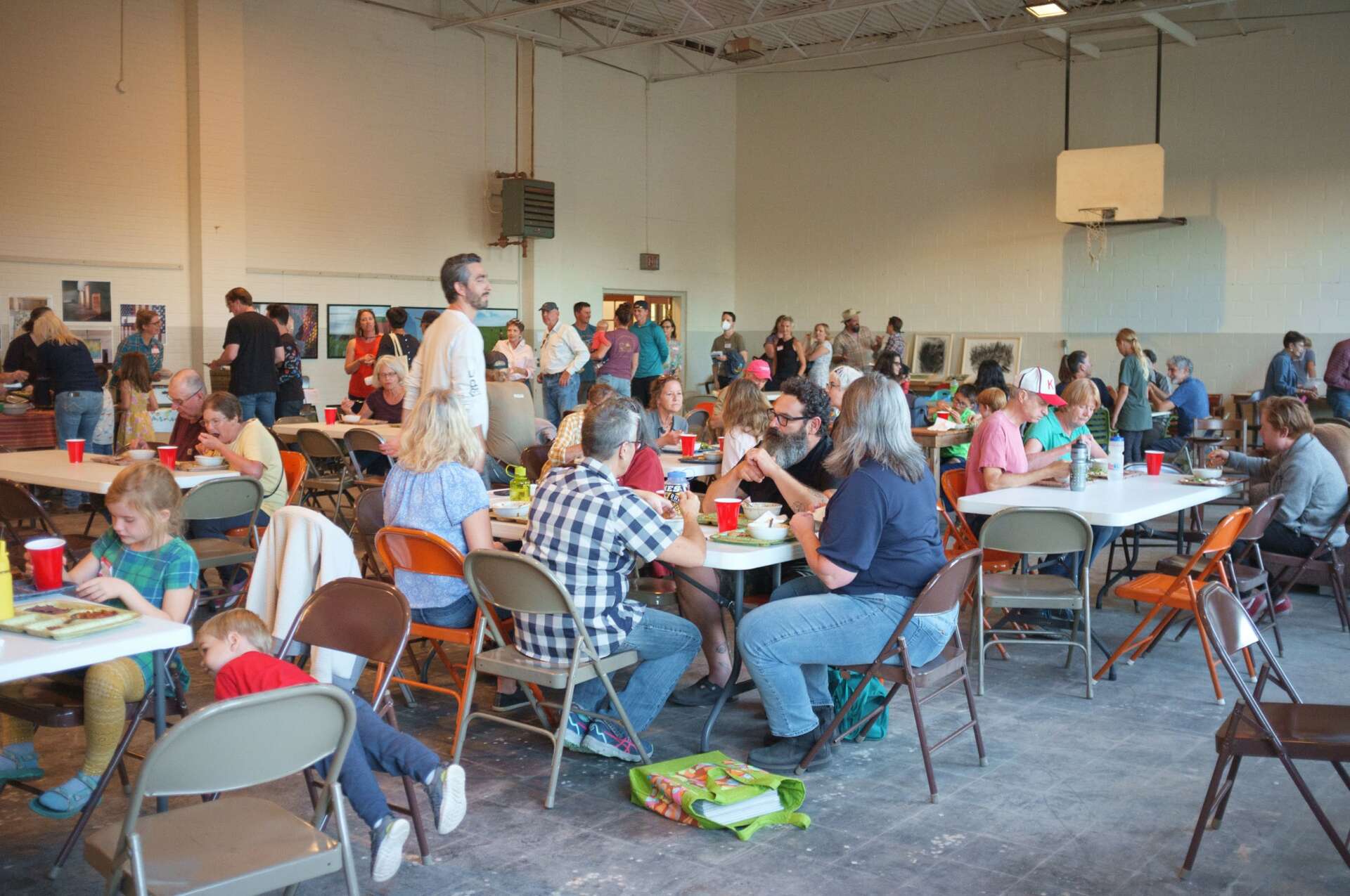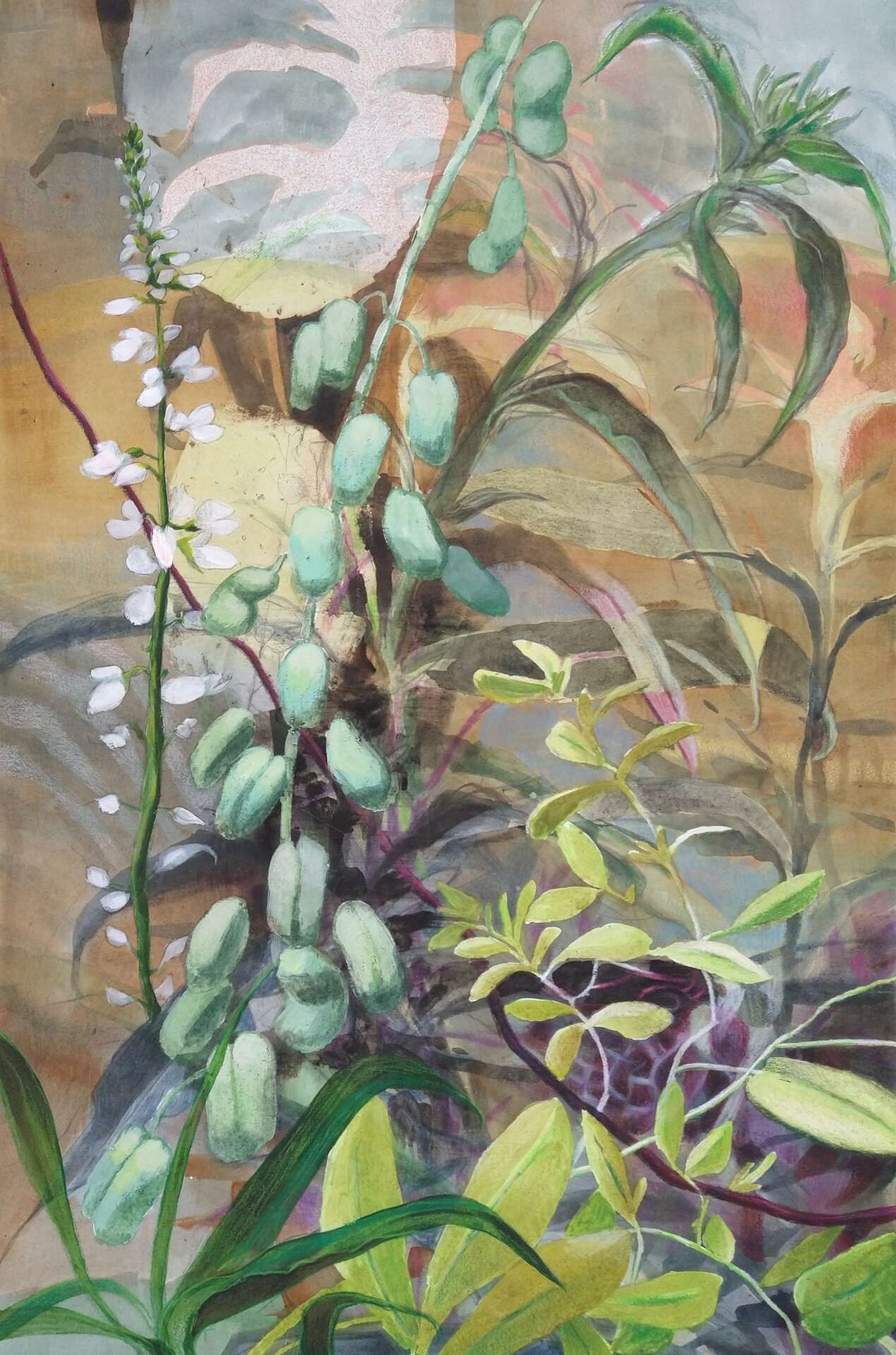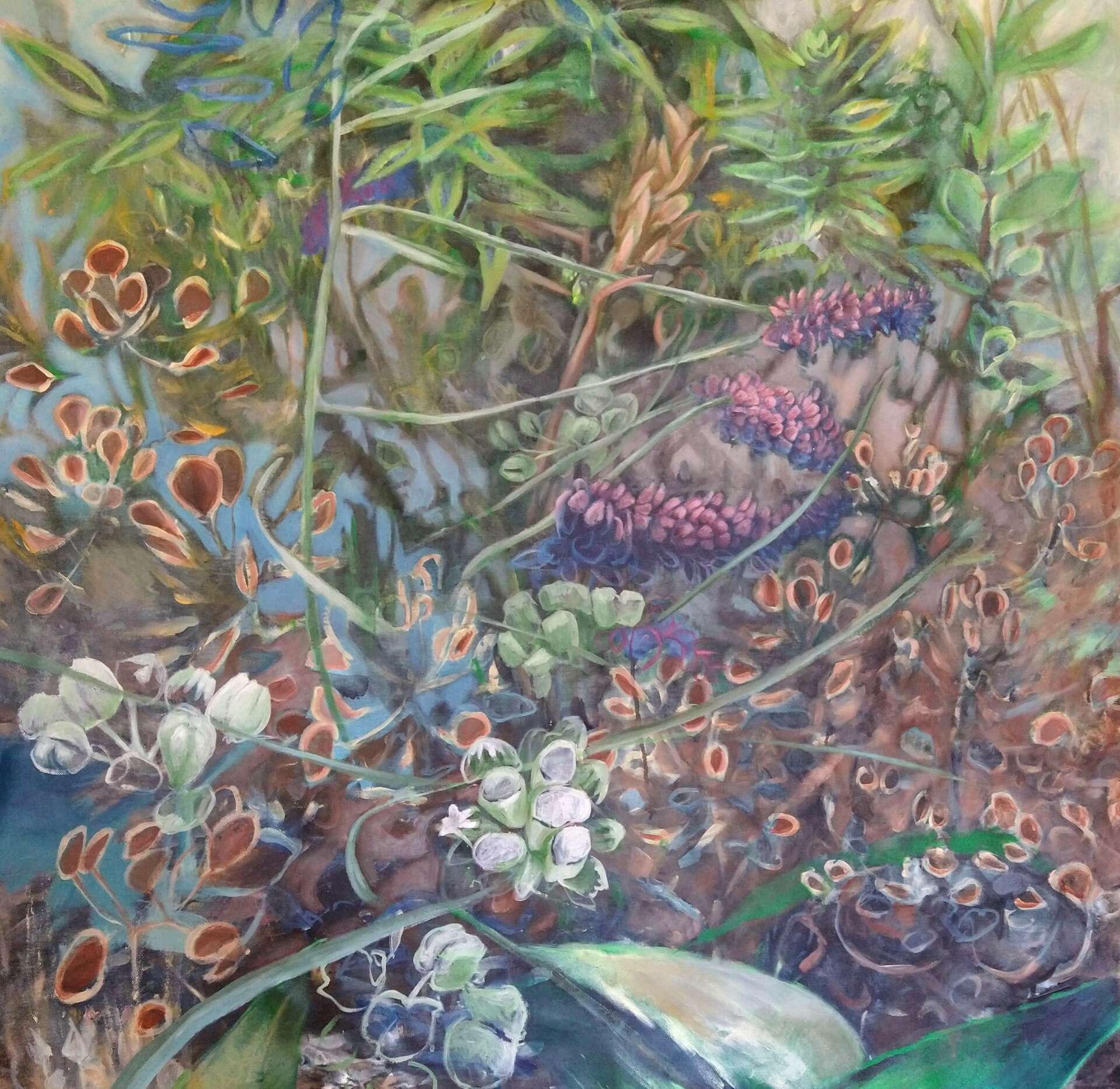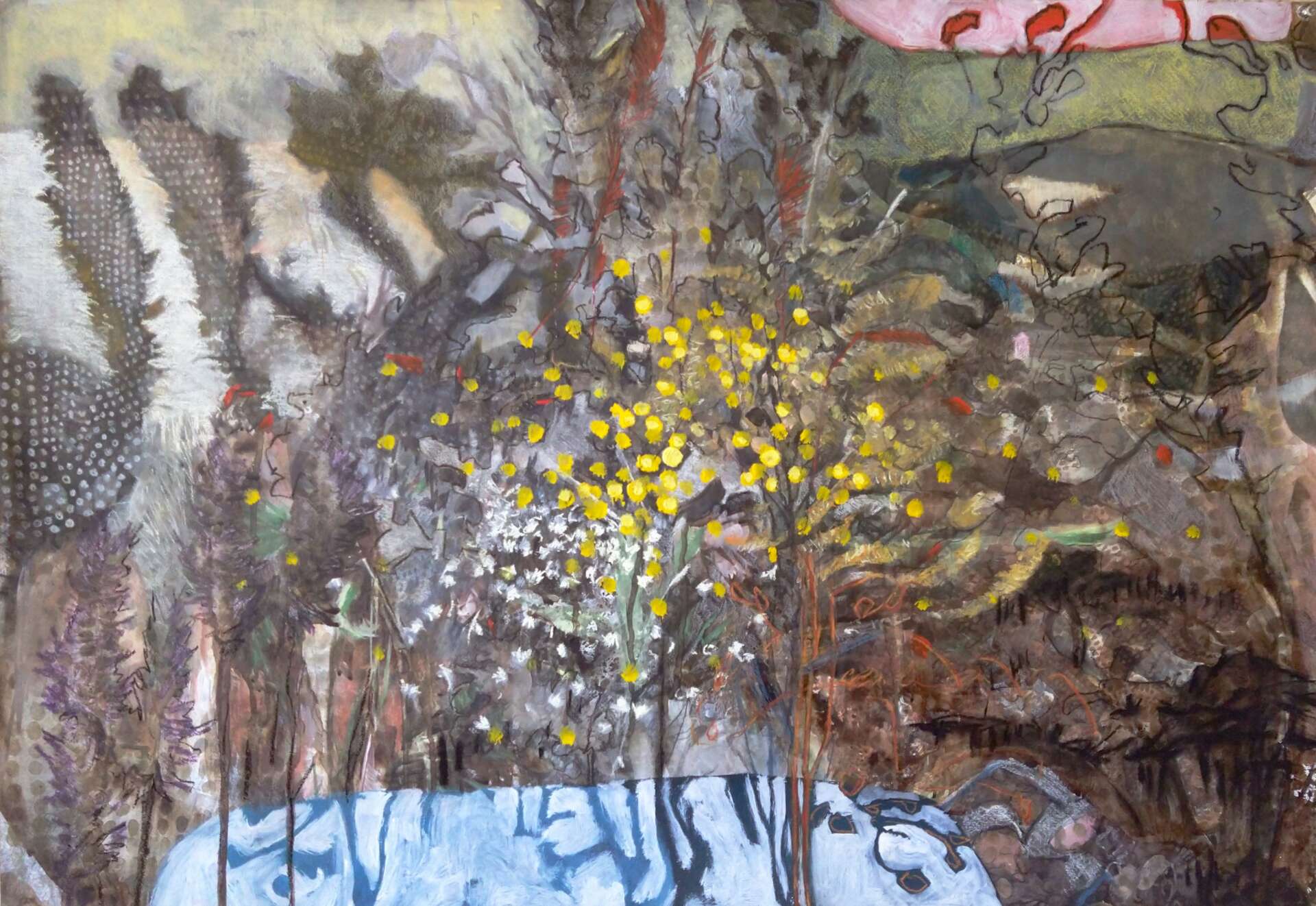We were lucky to catch up with Kelly Yarbrough recently and have shared our conversation below.
Alright, Kelly thanks for taking the time to share your stories and insights with us today. Have you been able to earn a full-time living from your creative work? If so, can you walk us through your journey and how you made it happen? Was it like that from day one? If not, what were some of the major steps and milestones and do you think you could have sped up the process somehow knowing what you know now?
2022 has been the first year I’m completely self-employed. I got here in stages, and by re-thinking what it means to be a self-employed artist.
By training, I’m a visual artist, so for a long time I thought that the definition of being a self-employed artist was to simply make 100% of my income from selling artwork. Not true! I have made my visual arts practice a priority in my life over a decade and have regularly exhibited and sold work — but mostly very casually — never relying on it for any portion of my income. That started to change when I was approached by a gallery in Kansas City. They wanted to represent my work and have a successful, well-established business. Not only did that represent validation to me as a maker and the possibility of more steady income from selling work, but it also illuminated for me what aspects of the “job” I could outsource, so to speak. A gallery does the framing, a gallery has regular clientele that they will market to, a gallery has staff that know how to price and sell work appropriately — When I didn’t have to do those things myself I could spend more time just making the work! Beyond the gallery, I’ve found other markets for selling my work, and have become more adept at judging which opportunities are worth it and which ones are not. It’s not always about selling — sometimes participating in a juried show, an art benefit event or another type of community event will bring certain advantages of connecting to an audience or achieving some kind of accolade that helps bolster my practice in the long run.
The other side of how I’ve become a self-employed artist is by recognizing my other skills and interests beyond the studio. Through working various jobs for non-profits and small businesses, I’ve learned that I really enjoy teaching and facilitating programming, from development and administration to public speaking. I’ve put those skills to use by starting an artist residency program called the Tallgrass Artist Residency and now working for my state’s arts agency. I also pick up gigs with an artist professional development program from time to time.
For me, taking it step by step was helpful so I could better understand and hone my own skillset. But, goal setting and journaling has also been very helpful. Tracking time and finances, of course. Then, doing the work to look back and assess what’s worked, what hasn’t, what I’ve enjoyed, what has felt soul-crushing…and adjust as needed!



Kelly, before we move on to more of these sorts of questions, can you take some time to bring our readers up to speed on you and what you do?
I’m an artist! I currently live in Kansas, and much of my work involves highlighting the unseen or under-appreciated aspects of life and land in the state. In my studio, I typically make drawings and paintings that reflect the threatened tallgrass prairie ecosystem. Outside of my studio, I create opportunities for other creatives through running the Tallgrass Artist Residency, working in state-level arts administration, and serving as a facilitator for the ArtistINC professional development program.
What sets me apart is my professional variety. I make compelling art objects, but I love creating real-time opportunities for people to connect and learn with each other. I love project development phase as well as implementation. I can manage and communicate ideas, and I love expansive connection-making! I enjoy leading meaningful things into being, whether alone in my studio or in a team.



Can you share a story from your journey that illustrates your resilience?
Although being an artist has been a part of my identity nearly all my life, it wasn’t until I decided to go to grad school that I felt like I was truly making a commitment to my art practice being an integral part of my professional life. And even then, I didn’t have a super clear idea about what that would look like. I was just trying to follow my strengths. But, grad school was tough. Psychologically tough, financially tough. I think the first year was hardest for me – I had moved to a new state where I didn’t know anyone and I was trying to unlearn drawing as I had known it while trying to maintain the faith that I would end up somewhere better than I started in three years. I very distinctly remember when I had to put groceries back at the store because I had insufficient funds in my bank account. I felt ashamed and foolish. When I visited home that year for the holidays, I had friends in corporate jobs make fun of me for choosing to go back for a degree in something so frivolous. It was a challenge to quiet the critical voices (external and internal) enough to hold space for learning and growth. But, one of the best pieces of advice that I got in grad school was from a professor who had been around for decades: “Just keep making,” she would say. No matter if the work is the worst thing you’ve ever made or the best — just keep making.
I made a silent promise to myself when I had to put back the groceries that I would do my best to not get myself in that positions again. And to that end, I have certainly lived cheap and worked jobs that I didn’t love in order to pay the bills. But, through it all, I listened to that piece of advice and didn’t stop making. The years of making eventually helped some things become clear and fall into place, and that gave me more options to do the things I wanted to spend my time doing. There’s no end to learning, and I’ve come to understand that there’s no point at which I’m going to feel like I’ve “made it”. So, just keep making.


Is there something you think non-creatives will struggle to understand about your journey as a creative?
I think that when someone introduces themselves as an artist, many people in non-creative fields assume that means they make their entire living off of that art. For the vast majority of artists, that is not the case. That may not even be that artist’s goal. It’s a harmful assumption because it can create a perception that if an artist isn’t totally self-employed by their art income then they must not be “good enough”. For artists who are trying to make it in a professional realm, they are up against a lot. An independent artist has to be their own boss, accountant, marketing team, on top of the product creator — and whatever else a single human might have going on in their life! One of the most eye-opening things that I’ve found in my own life and talking with other professional artists is that going all in on your own art practice might not necessarily mean more time to make work — because you are taking on all of those other administrative tasks!
Besides rampant undervaluing or underpaying artists for their time/work, I think another thing that can surprise non-creative people is when creatives use their agency to say “no” to projects or work. There can certainly be times when it makes sense to do something pro bono or for a reduced fee, but that decision lies solely in the hands of the artist, like it would any other business owner.
Contact Info:
- Website: www.kellyyarbrough.com
- Instagram: @kelly_in_the_prairy
Image Credits
Derek Hamm, Erin Poppe


